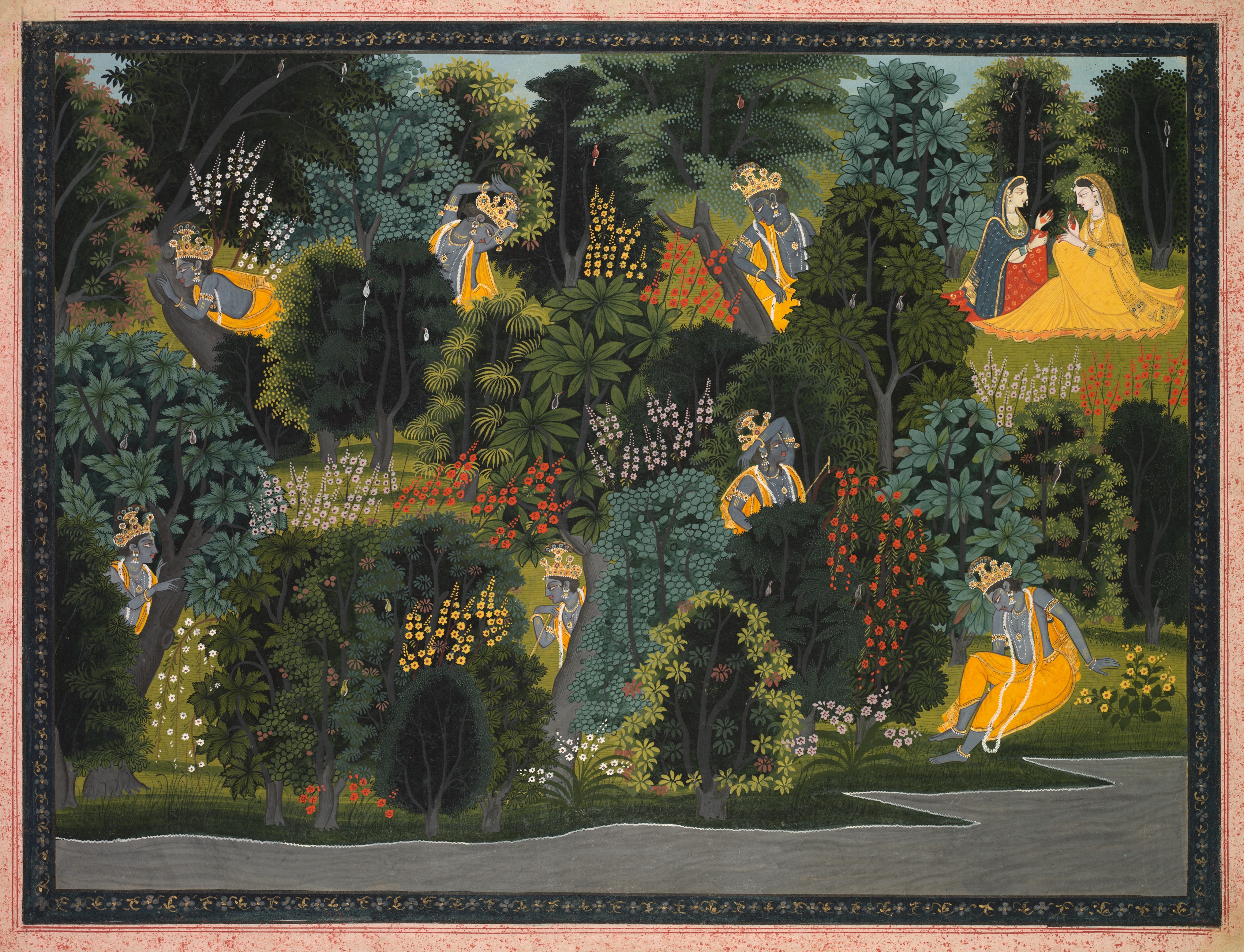
An upstart museum in India has launched an open-source digital encyclopedia of information related to the subcontinent’s rich artistic history, dating from 10,000 years ago to the present.
Included on the free platform, which went live last week, are thousands of articles on famous artists, movements, disciplines, techniques, and other topics; on the Bengal School of modernist painters, for instance, and the Bagh embroidery tradition of Punjab. Scrolling through is an experience akin to page-hopping on Wikipedia, though the information is more organized and comprehensive—and credible.
The encyclopedia’s creators, a team of researchers for the Museum of Art and Photography (MAP) in Bangalore, claim that it’s the first such resource that tells the story of India’s artistic traditions in one, easy-to-read place. Until now, the project’s founder, Nathan Gaskell, explained to the New York Times, that story was difficult to find inside the country.
“Prior to this, people got their information on Indian art either from Western institutions or from the market or from very specialized academics who write books that most people cannot understand,” said Gaskell, who serves as director of the institution’s education arm, MAP Academy.
Bhuri Bai (c. 1980). Courtesy of Hervé Perdriolle.
He and roughly 19 other full-time MAP Academy writers and editors drafted each of the encyclopedia’s 2,000-some entries over the last three years, after which point their work was reviewed by a panel of scholars. The site’s content largely centers around art from India now, but Gaskell told Hyperallergic that he hopes it soon grows to encompass “broader histories of South Asia.” (Similarly, the platform is currently only available in English, but MAP plans to offer Hindi translations in the future.)
The museum was founded by Abhishek Poddar, a prominent industrialist and philanthropist whose own collection of more than 7,000 artworks formed the foundation of the institution’s collection. After pandemic-related delays, the museum is set to open to the public later this year.
“I didn’t even realize that India didn’t have an encyclopedia for art. And it was quite shocking that, being one of the oldest cultures in the world, nobody had thought of doing it,” Poddar told CNN. “Every kid knows about David, the Mona Lisa, and Botticelli, but there are Indian masterpieces that even 1 percent of India doesn’t know about.”
An 11th century sandstone sculpture of a Celestial dancer (Devata). Courtesy the Metropolitan Museum of Art.
For Poddar, the encyclopedia—as well as other Academy-produced resources, such as blog posts and instructional courses—exemplifies MAP’s constitutional commitment to education. It’s a vow he hopes will have a large influence on the region’s interest in art.
“If we really want to develop a museum-going culture and make the arts relevant, it needs a basis in education—and one that is accessible and available freely, not just to museum visitors,” he said. “You have to start investing in things that you may or may not even see in the next five or 10 years—it may be a generation later.”